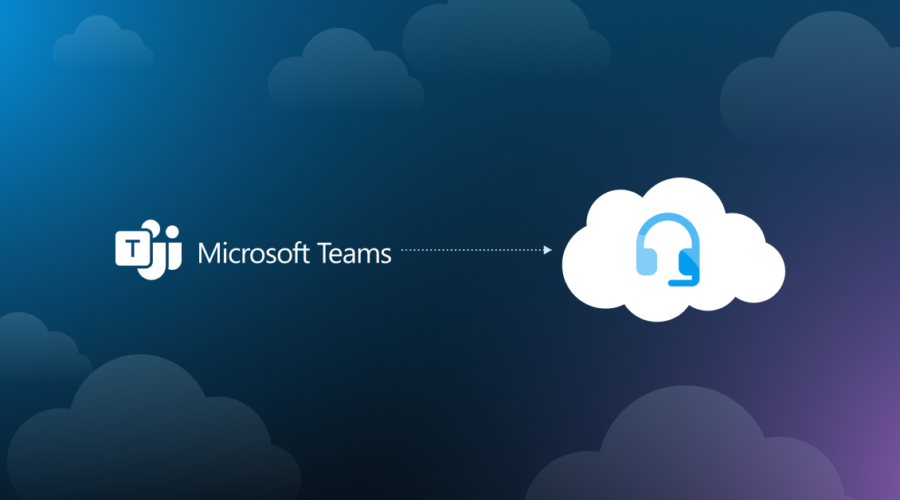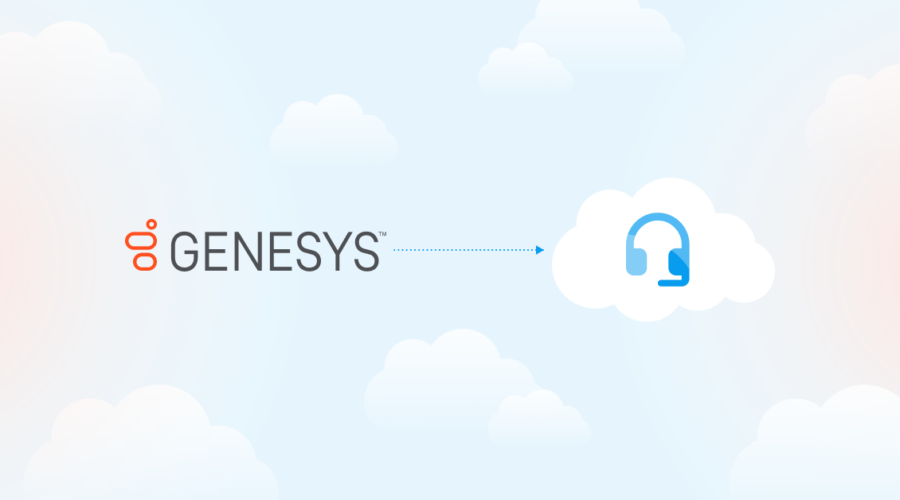If your business is using a CPaaS, you might have noticed that as you scale up your coverage and bandwidth, the costs of doing so increase exponentially. Not only that but the quality and availability of coverage in the markets where you need numbers varies significantly.
Therefore, enterprises today are faced with a difficult decision: Do I continue to scale with the application I’m used to whilst paying a premium for the pleasure of substandard coverage? Or do I figure out a way to adapt and reduce my IT spend while keeping my existing CPaaS code base and access to the platform features on which my developers rely?
The bundled CPaaS
The reason why most enterprises go with a CPaaS initially is that it provides a complete communications stack in one place, including everything from the carrier layer to the interface layer. Which is useful when you’re just starting out and have limited dev resources to devote to communications. All the APIs, numbers, and functionality you need in one place to make your own voice platform. Seems like a no-brainer, right?
Well, as many IT professionals notice after adopting CPaaS, there is some trouble in paradise. Firstly, the controllability of your network layer. Almost all, if not all, CPaaS products will be using a variety of suppliers in order to get the coverage they need for their customers.
Not only does this create some quality issues with your comms, but where coverage isn’t commonplace it can vastly increase the cost of calls due to margin stacking. According to Nemertes Research, both operational costs and access to the PSTN are higher when you use bundled telephony with a CPaaS or UCaaS provider.
There’s also the fact that if your carrier services are part of your CPaaS, you’re not in charge of contract negotiations, coverage areas, or which services you’re paying for. And those are some big sacrifices to make in the long run.
But why the increased cost if I can’t control my network provider?
Hidden carriers and margin stacking
The simple fact is that if your bundled comms service is using multiple suppliers, particularly for carrier services, you’re going to be paying for those carriers too. But those carriers won’t be accountable to you. Their incentives are geared towards supporting your comms supplier, and even if you’re their biggest customer, they might have different goals and ideals for you.
Another issue this brings about is that there are now additional network hops between your infrastructure and the people on the other end of the line. There’s nothing to say that these hidden carriers aren’t themselves aggregators, meaning you could have two, three, or maybe even more different resellers in a chain to get your call from A to B, each adding additional latency to the equation.
And beyond latency, these middlemen also muddy the water when it comes to receiving responsive support, with SLAs at each stage adding hours or even days to the amount of time required to reach problem resolution.
Now, there’s a good chance that the carrier used by your comms supplier is Bandwidth, in which case, you’re in luck. We think we’re pretty great. But trust us on this, you’re still going to be paying a markup on our rates, and potentially losing out because of margin stacking.
For example, the CPaaS platform could be using a supplier that also uses Bandwidth. This means that for each contract layered, you’re going to be paying for the markup on each. All while getting the same quality and coverage as our direct customers. Plus, by being restricted by the CPaaS’s features/developer tools you’re limited by the capabilities and technology offering they provide.
Security risks and downtime
If the carrier used by your supplier isn’t Bandwidth or another company that uses Bandwidth, then you may well be in even more trouble: you have no guarantee that their choice of carrier is compliant or providing service over a fully resilient network.
Geo-redundancy, or the strategic placement of failover data centers, can’t be guaranteed, which means when disaster strikes, remote business might not be able to continue as usual. Having a top-tier network provider will have the biggest noticeable impact on call quality and reduce the time it takes to make successful API calls.
You can’t be sure that all of the suppliers your CPaaS is using for your connections will ensure your data will be safe and secure. How can you be sure that they’re taking into account established standards such as ISO 27001, GDPR, or SOC2?
If you’re losing coverage overnight due to regulation-induced downtime or an outage, you can now guess why.
So what’s the plan?
Unbundling
By separating your platforms and underlying telephony you get to keep all the features and benefits of the CPaaS platform but use any trusted provider at the telephony layer too. You’ve probably heard the term ‘BYOC’ by now. The ability to ‘Bring Your Own Carrier’ to a platform of your choice to provide underlying voice and messaging functionality. In effect, mixing and matching your suppliers to:
- Maintain control of your call routing
- Extend coverage to more markets by diversifying your network suppliers
- Get greater assurances over connection quality and avoid short-term regulatory issues
- Get the most value from your CPaaS
Read ‘The Ultimate Guide to CPaaS
Read the E-book from Bandwidth.
Interested in BYOC?
By using Bandwidth as your carrier, we can help you scale to markets where the default coverage is expensive, of variable quality, or non-existent. Essentially you can keep your CPaaS but save on cast-stacking while provisioning compliant numbers from Bandwidth in 65+ countries with just a few lines of code.
See how enterprises are building their communications their way with Bandwidth Maestro’s pre-built carrier-level integrations for UCaaS, CCaaS, AI, and fraud.




